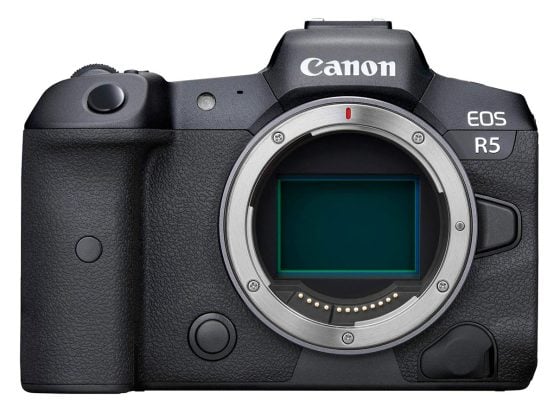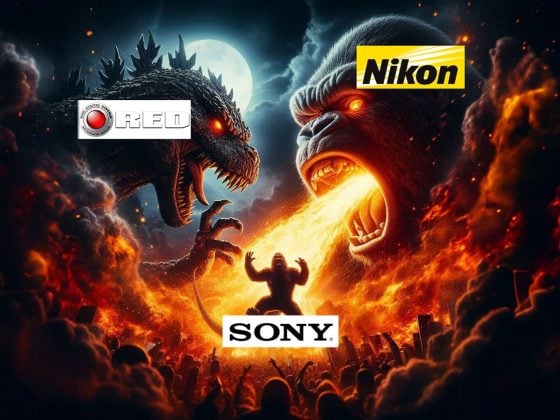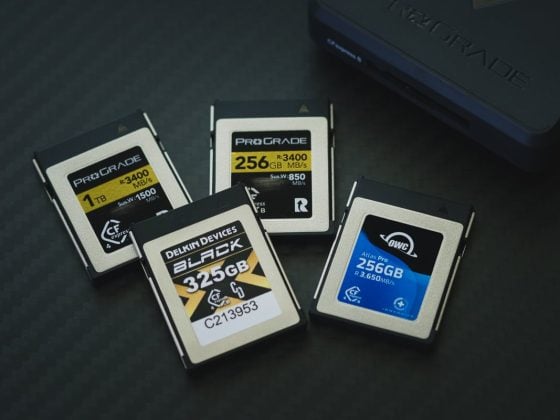The other day Jared Polin posted one of his Eye AF tests, and I was blown away at how well the Nikon Z7 kept up. I always thought the Z7 was much further behind based on what everyone has said about that camera – I haven’t used it since it initially came out.
As you know, I shoot the Z6 and have always said it’s eye AF is fantastic. As good as it needs to be.
But then I started reading the comments on Jared’s video, and Marc Nappier went through, downloaded all the JPGs, and calculated the hit rate which looks like this. (and thank you, Mark!)
Canon vs Nikon vs Sony Eye AF Hit Rate
Canon 71/90 = 79%
Nikon 51/70 = 73%
Sony 57/87 = 66%
The Nikon outperformed the Sony and was only 6% behind the Canon R5. Considering it’s the oldest camera of the bunch, that’s pretty amazing and hopefully, people start giving Nikon a little more credit.
I have a few things to say about Sony before you Sony haters go out and say “ha ha Sony sucks!” because the Sony A7rIV does not suck at eye AF and there is a lot to factor in when testing camera systems like this that are usually NEVER taken into consideration.
First off, the Sony A7rIV is a 61MP camera which is quite a bit more than 45MP. It’s not only going to be more obvious to see a missed AF shot, but it’s also has a bit more resolution which makes things a bit more difficult on the camera when doing tracking and pulling AF. This is why you saw me complain about the Sony A7rIV when it first came out. Sony had a lot they needed to improve before going with a higher resolution sensor, such as video features and UI features as we see now in the A7sIII and Canon R5. Just my two cents.
Second, there are other ways to use eye AF tracking on the Sony A7rIV that would probably do a better job in this situation. The “Lock-on AF: Expand Flexible Spot” often will confuse the camera a little more than some of the other modes, because it’s going to always look to focus at the Expand Flexible Spot before defaulting to a trackable object which it will prioritize. This could create some small lag on the processing of the Eye AF. Although it looked like it had no problem finding the eye most of the time so this might not have been an issue.
Third, lenses. Lenses are a big contributor to AF hit rate and the Nikon Z lenses are insane. This might not be a camera hit rate thing, rather a Nikon Z lens hit rate thing and the Sony 85mm has never been an ultra fast-focusing lens.
Here are the lenses that were used.
Canon 85mm f1.2 RF
Sony 85mm f1.4 GM
Nikon Z 85mm f1.8 S
The Nikon Z 85m f1.8 vs the Sony 85mm 1.4 GM. I have the Nikon Z 85m f1.8 and that lens is insane. The Z 50mm f1.8 is even better.
There is also a lot less glass in an f1.8 lens than there is an f1.4 or f1.2 lens, which could contribute to the faster focusing action. However this is not always the case, plus the Nikon Z 85mm f1.8 has a dual motor focus system. It is a great lens mechanically compared to the other two.
I will say the nature of the comparison was set up in Nikons advantage based off the lenses that were selected and the AF methods used. But, Nikon still was able to hang on with the other two camera brands without any problems.
And while there are other ways to use the Sony A7rIV, this is often how a lot of people use it when doing eye AF – I use zone boxes to steer the eye AF with my Sony.
Bottom Line
Despite the stigma, the Nikon was able to perform essentially on par with the latest Sony and Canon cameras even being an older camera (2 years old) with a single processor.
This test, once again shows that Nikon is a legitimate camera system. The Nikon Z system is nothing short of incredible. Of course, they’re all pretty incredible.
YouTubers for whatever reason continue to review cameras based off the onscreen display of what the focus system is doing, rather than actual hit rate. Sony cameras always had a very responsive UI display system, but their actual hit rate was nothing extraordinary and sometimes underwhelming like with my A7rIII.
In a few more years all these cameras will be indistinguishable in terms of their AF ability, it will then come down to which lenses can keep up. Then it will be interesting to see how a lot of the older Sony lenses compare to these new Z and RF lenses. Not to mention, a lot of photographers buy Sony for the Tamron and Sigma lenses which often perform even worst than the native lenses.
| **This website contains affiliate links. We will earn a small commission on purchases made through these links. Some of the links used in these articles will direct you to Amazon. As an Amazon Associate, I earn from qualifying purchases. |






